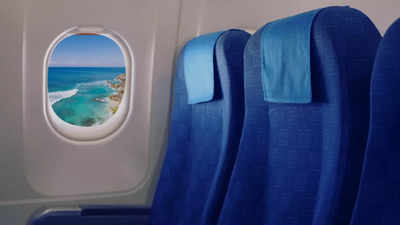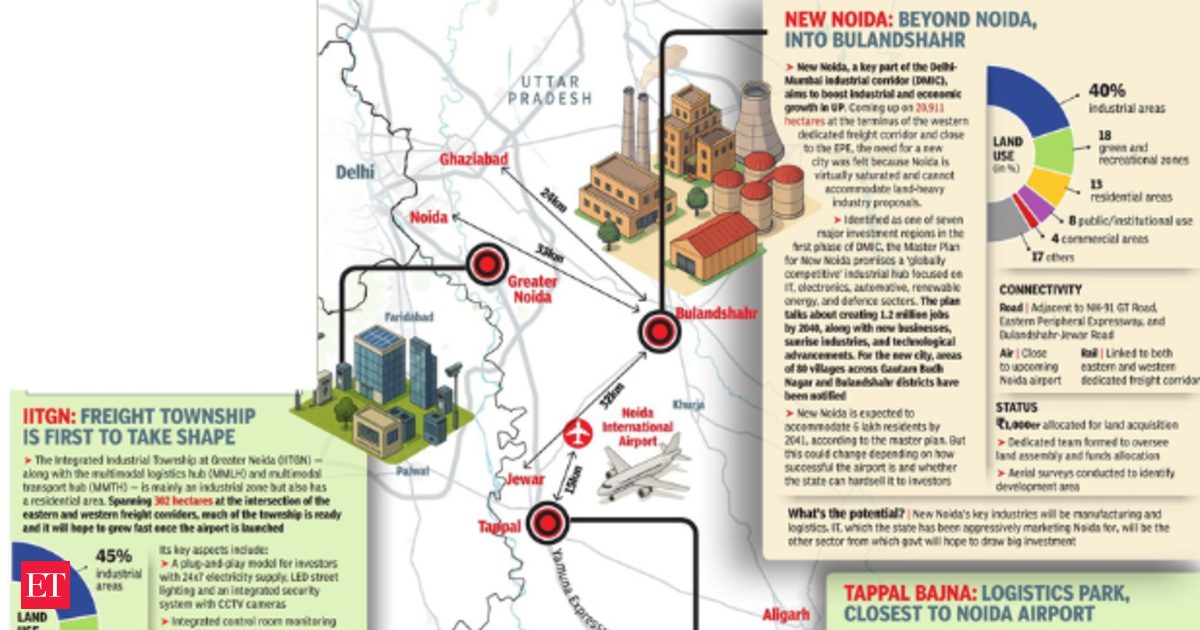Now Reading: Why are airplane windows round instead of square?
-
01
Why are airplane windows round instead of square?
Why are airplane windows round instead of square?


Airplane windows
are one of those design features passengers rarely question—small, rounded portals offering a glimpse of the clouds or the tarmac below. Yet, their distinctive shape isn’t a stylistic choice but a critical engineering decision rooted in safety, physics, and lessons learned from aviation history. Unlike the square windows you might find in a house or car, airplane windows are rounded (or more precisely, oval) to withstand the immense stresses of flight and ensure the structural integrity of the aircraft.
The primary reason for round windows lies in how pressure is distributed across an airplane’s fuselage. At cruising altitudes—typically 30,000 to 40,000 feet—commercial planes maintain a pressurized cabin to keep passengers comfortable in an environment where the outside air pressure is dangerously low. Inside, the cabin is pressurized to mimic conditions at about 6,000 to 8,000 feet above sea level, creating a significant pressure differential between the interior and the exterior.
Square windows, with their sharp 90-degree corners, create a problem under this pressure. Corners act as stress concentrators—points where forces accumulate disproportionately. In early aviation, this wasn’t just theoretical. The de Havilland Comet, the world’s first commercial jetliner introduced in 1952, had square windows. By 1954, multiple catastrophic crashes revealed a fatal flaw: fatigue cracks formed at the window corners due to repeated pressurization cycles, leading to explosive decompressions that tore the planes apart mid-flight.
Poll
Do you think airplane windows should be designed differently for aesthetics?

Also read: Why no one can visit North Sentinel Island – and why you shouldn’t try
Rounded edges distribute stress more evenly across the fuselage. The smooth curves allow forces to flow around the window rather than piling up at specific points. This reduces the likelihood of cracks forming over time, especially as the plane undergoes thousands of pressurization cycles during its lifespan.
The evolution to round windows also reflects a broader shift in aviation toward redundancy and safety. After the Comet incidents, regulators and manufacturers adopted stricter standards. Today’s windows are part of a multilayered system: they’re made of strong acrylic or glass composites, often with multiple panes, including a tiny “bleed hole” in an inner layer to equalize pressure gradually. The outer pane bears the brunt of the external forces, and its rounded shape ensures it can handle them.
Next time you gaze out at 35,000 feet, you can thank those curves for holding it all together.
Also read: What does the largest UNESCO World Heritage Site look like?




















